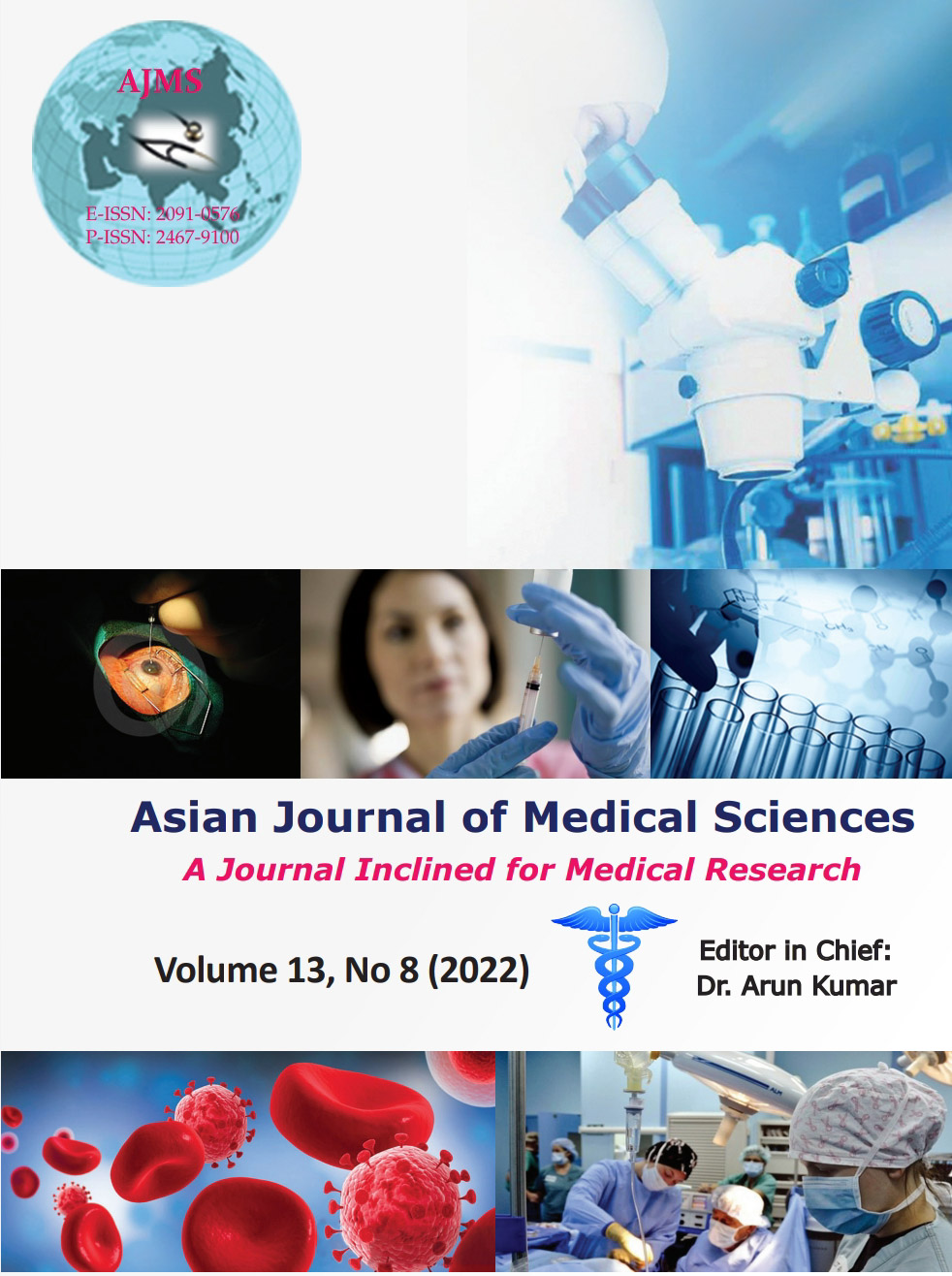Effect of single bolus dose of intravenous magnesium sulfate in attenuating hemodynamic stress response to laryngoscopy and nasotracheal intubation in maxillofacial surgeries
Keywords:
Nasotracheal intubation; Magnesium sulfate; Hemodynamic stress responseAbstract
Background: Nasotracheal intubation alters respiratory and cardiovascular physiology by reflex response mediated by both sympathetic and parasympathetic nervous systems and by the physical presence of the nasotracheal tube. Hypertension and tachycardia are the most common responses to intubation mediated by sympathetic efferent through cardio accelerator nerve and sympathetic chain ganglia. MgSO4 inhibits catecholamine release from adrenergic nerve endings and adrenal medulla resulting in attenuation of stress response.
Aims and Objectives: In this study, we observed the effects of MgSO4 on the hemodynamic stress response.
Materials and Methods: This prospective randomized controlled study was conducted on 60 patients after approval of the Institutional Ethics and Scientific Review committee over the period of 1 year. They were divided into two groups, Group M (MgSO4 group) received 40 mg/kg of intravenous magnesium sulfate in 100 ml normal saline and Group C (control group) received normal saline 10 min before induction. Hemodynamic parameters (HR, SBP, DBP, and MAP) were recorded at baseline, just before induction and at 1, 3, 5, 10, 15, and 30 min after intubation and every 15 min till the end of surgery.
Results: After conducting this study, we observed that heart rates at 1, 3, 5, and 10 were significantly lower in the M group as compared to the C group (P<0.05). Systolic, diastolic, and mean blood pressure were also reduced significantly in the M group as compared to the C group (P<0.05).
Conclusion: Magnesium sulfate when used at the dose of 40 mg/kg attenuates the hemodynamic stress response during laryngoscopy and nasotracheal intubation.
Downloads
Downloads
Published
How to Cite
Issue
Section
License
Copyright (c) 2022 Asian Journal of Medical Sciences

This work is licensed under a Creative Commons Attribution-NonCommercial 4.0 International License.
Authors who publish with this journal agree to the following terms:
- The journal holds copyright and publishes the work under a Creative Commons CC-BY-NC license that permits use, distribution and reprduction in any medium, provided the original work is properly cited and is not used for commercial purposes. The journal should be recognised as the original publisher of this work.
- Authors are able to enter into separate, additional contractual arrangements for the non-exclusive distribution of the journal's published version of the work (e.g., post it to an institutional repository or publish it in a book), with an acknowledgement of its initial publication in this journal.
- Authors are permitted and encouraged to post their work online (e.g., in institutional repositories or on their website) prior to and during the submission process, as it can lead to productive exchanges, as well as earlier and greater citation of published work (See The Effect of Open Access).




